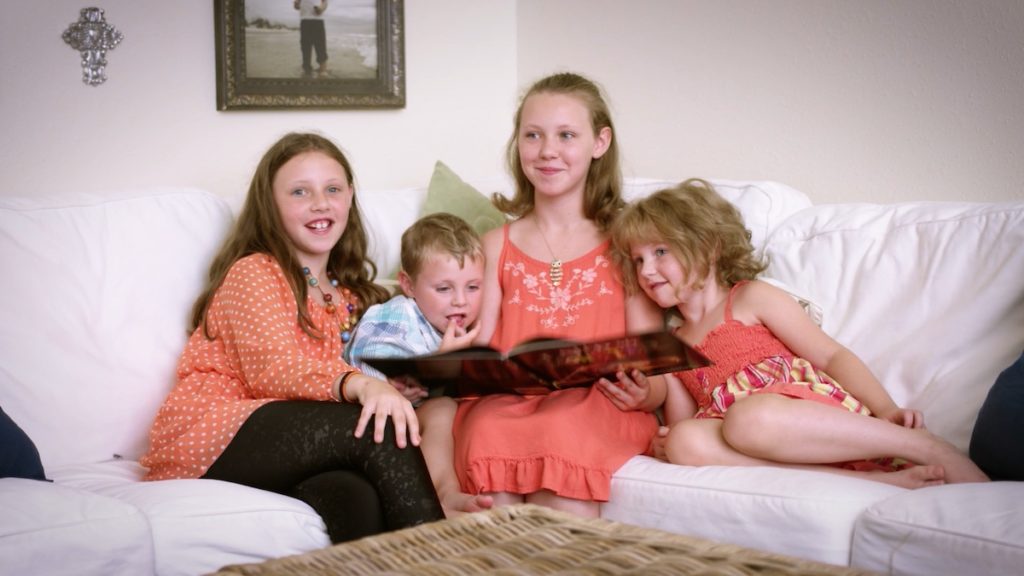
What Reading Aloud Looks Like At Different Ages
April 27, 2020
We’re excited to share reading resources from Molly Haskin, UTR’s Director of Army and Air Force Programs, and a licensed, certified Speech Language Pathologist, with you. These tips will help you pick out books to read for your next United Through Reading recording and support your child’s reading skills.
Families are busy navigating new daily routines, but one important piece that shouldn’t be overlooked is storytime! No matter their age, a child is on a developmental timeline of literacy skills. Follow these age appropriate tips to assist your child along their path to reading readiness.
Birth-18 months: As early foundations are formed, choose books to read and record with simple sounds, like animal noises and early consonants (like the “b” in ball, or the “p” in pot). Those sounds help with the formation and development of speech skills. Little ones also enjoy sing-song melodies like nursery rhyme books, as well as books with simple first words.
18 months-24 months: Ready for a vocabulary explosion? This age group enjoys stories with simple sentences and concepts that they can adapt to their own environment and into their own growing vocabulary. When making your UTR video show them how to turn the pages and encourage them to turn the pages at home.
2-5 years: As attention spans increase, this age group can not only sit still for longer stories, they might surprise you and “read” you the story using familiar words and pictures as their guide. While it is not age-appropriate to expect them to recognize specific words, it can be helpful to lay groundwork that certain letters make certain sounds. While recording your story, ask them to follow along and point out familiar letters for them to look for on the page as they read with you.
5-7 years: Now your child is reaching the age of sound mapping, this group should be learning phonics to allow them to “sound out” words. Help reinforce the sounds associated with single letters and letter blends as they encounter them in books as you read the story to them.
8-10: Phonics skills and spelling rules are getting mastered, and this age group is prepared to improve their reading fluency as well as solidify comprehension. Although this age can process common words as quickly as adults, they might still require a slower pace with unfamiliar or complex words, or those that don’t clearly follow common spelling rules. While reading sound out new words and point to them on the page to help your child learn how to pronounce and recognize new words.
10 & up: Continuing to share in a child’s literacy development into the early teen years ensures that they are introduced to enhanced vocabulary and writing techniques. As text becomes more sophisticated, so do the skills needed for comprehension. Pick out a chapter book for your next recording, read a chapter or two, and then encourage the child to keep reading and tell you what happens next in the book.
Remember, each child is on their own unique developmental path, without always staying exactly within age-related norms. Wherever they may be, this timeline can provide guidance for the research-based steps to reading success.
